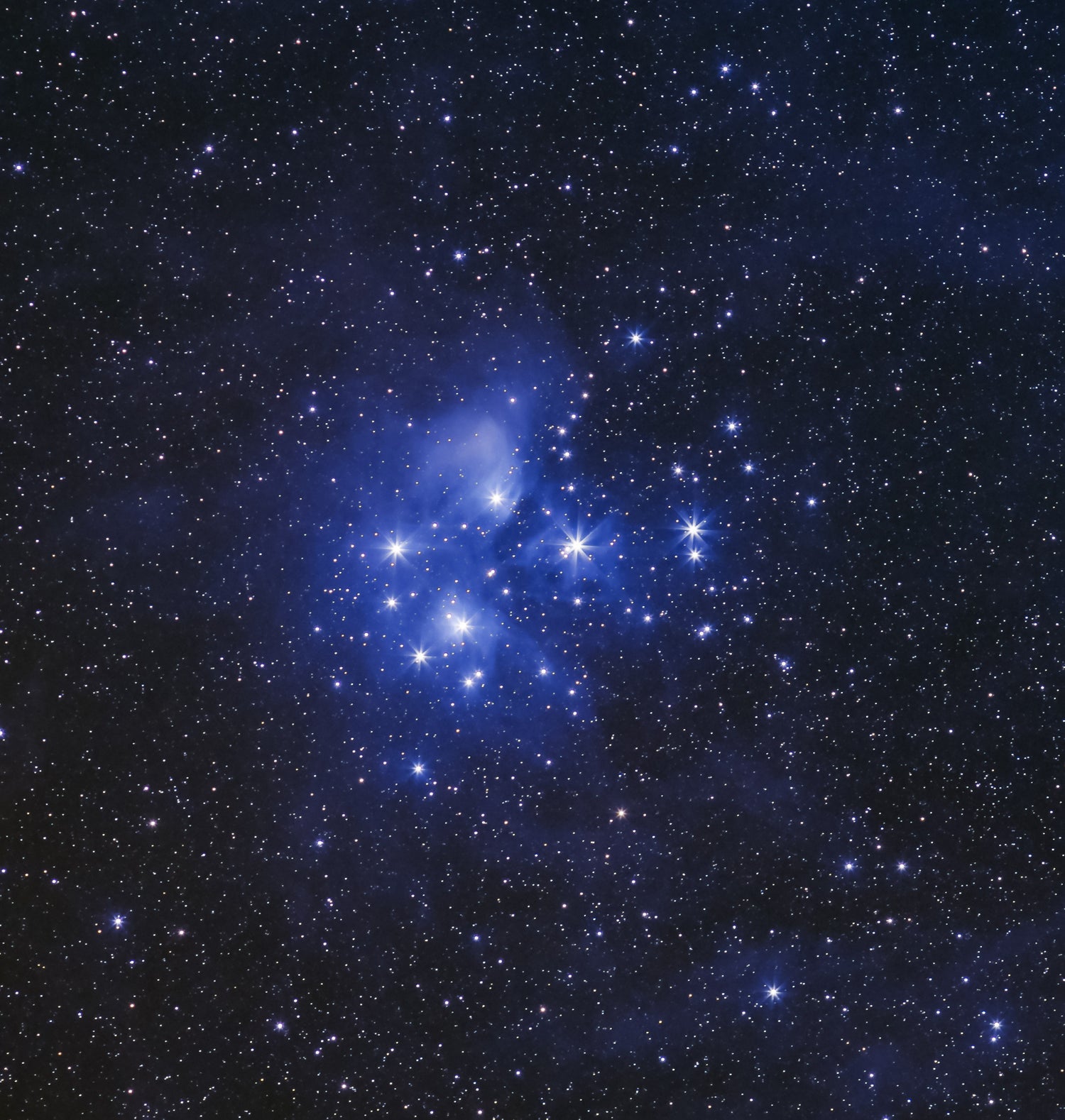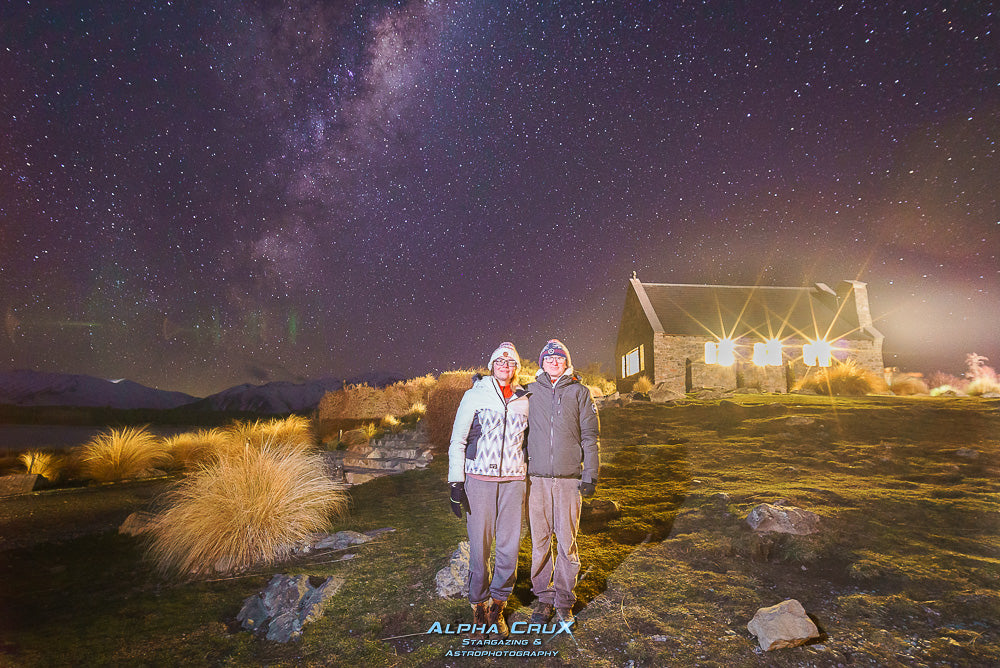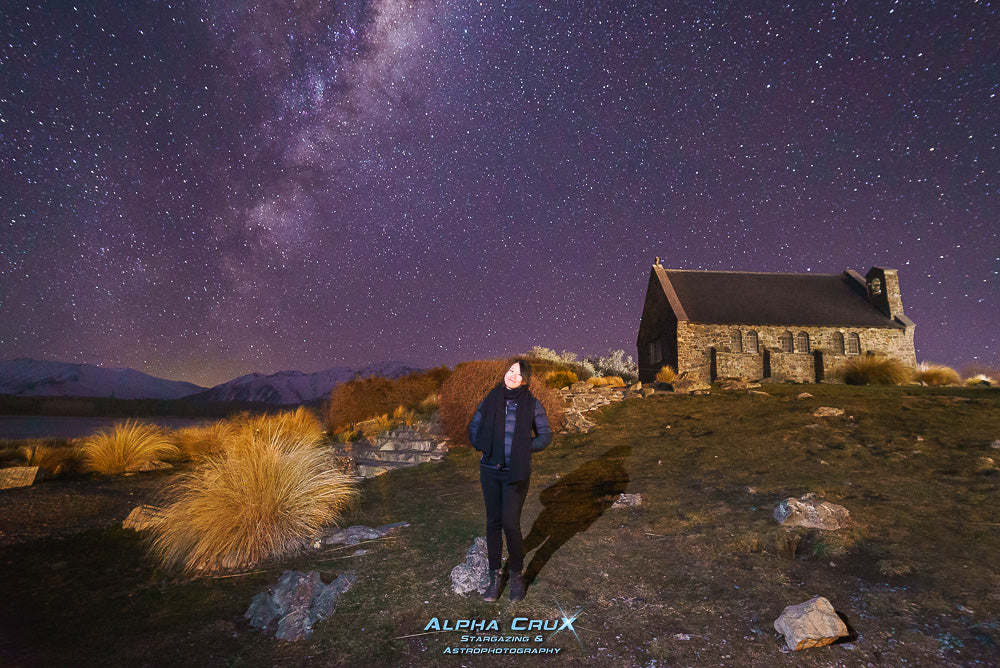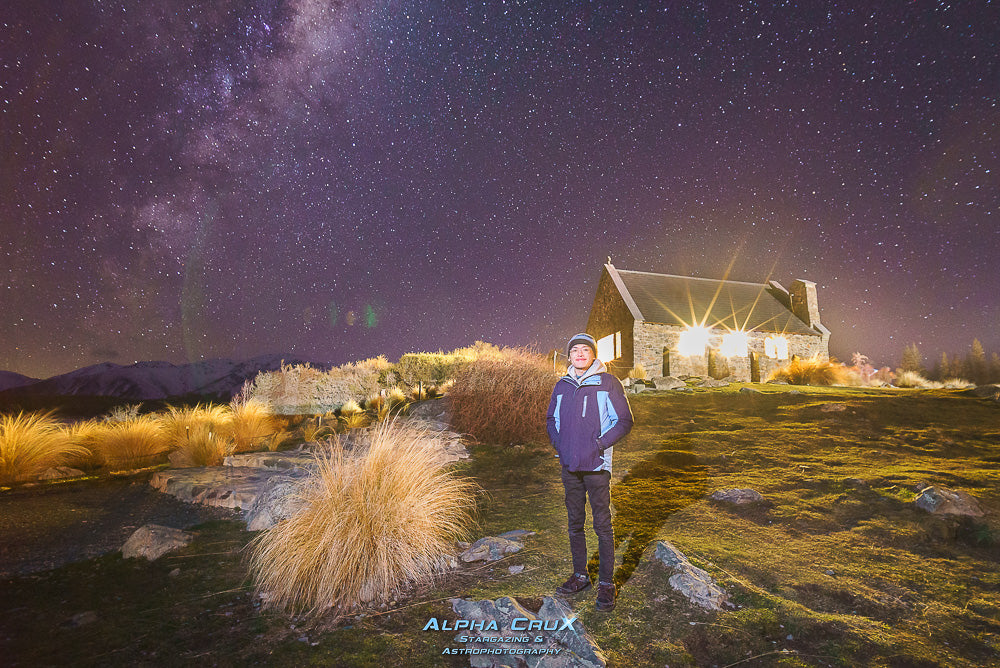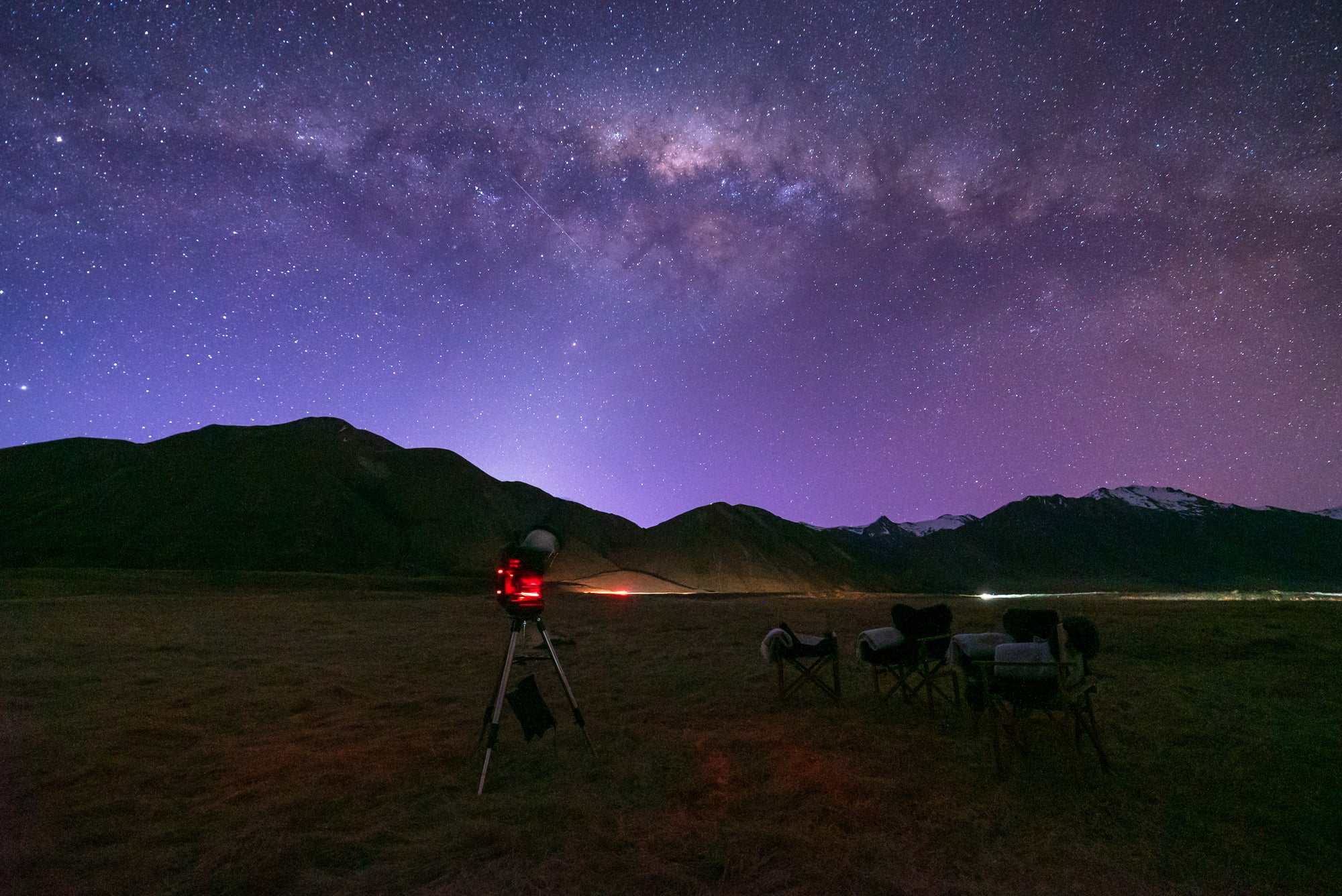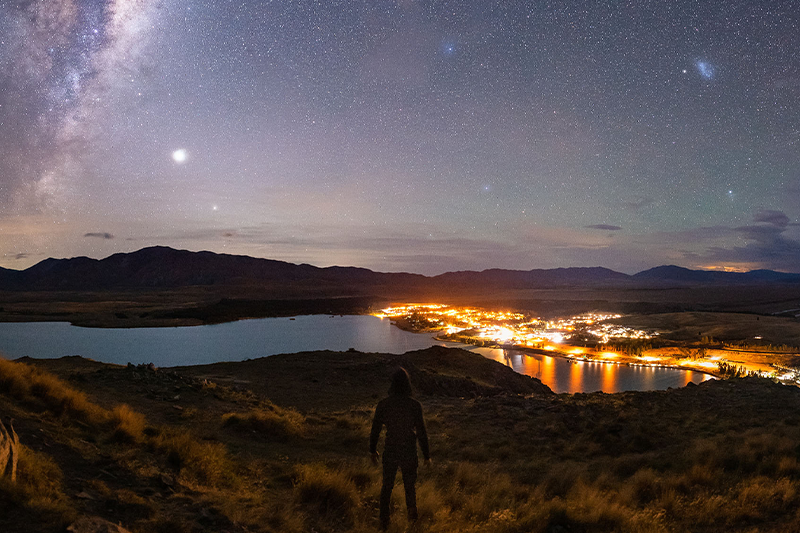Mānawatia a Matariki.
Happy Matariki everyone!
The image is of the Pleiades star cluster, also known as Messier 45, Seven sisters, Subaru and Matariki, among other names given by different cultures around the world.
It is an open star cluster associated with the zodiac constellation of Taurus. It is one of the closer star clusters to earth at a distance of around 440 light years.
For the Maori here in New Zealand, witnessing the return of this cluster of to the sky is used to bring in the new year.
Annually in the later part of June, Matariki is once again seen rising above the horizon just before dawn.
Iwi of different Maori tribes celebrate Matariki at different times.
Some when the the Pleiades are first seen in the dawn sky, others after the full moon rises or at the beginning of the next new moon.
In some parts of NZ, Puaka/Puanga (Rigel) in the constellation Orion is also used to bring in the new year.
You can observe Matariki with the naked eye at this time of year by looking to the north east an hour or two before sunrise.
Matariki is a time for celebration, growth and renewal. It is a chance for people to congregate and remember whānau who have passed, share a meal, tell stories, and enjoy music.
Being the first year that Matariki has been held as an official public holiday (June 24th this year) there are loads of public events that you can attend to be involved in the Celebration of Matariki.
See your local event directories to find out more about how to get involved with Matariki celebrations.
The image is a heavily cropped integration of around two hours of image data shot at 200mm using a Sony A7rii mirrorless camera, Canon 200mm F/2.8 prime lens, Metabones EF-FE lens mount adapter, Skywatcher Star adventurer 2i Equatorial mount, ZWO ASIAIR Plus & autoguider.
To find out more about how to capture and edit images like these, follow along with my Astrophotography Blog &/or book yourself a private Astrophotography tour or Deep Sky Experience.
For more info on tour click the link below.

